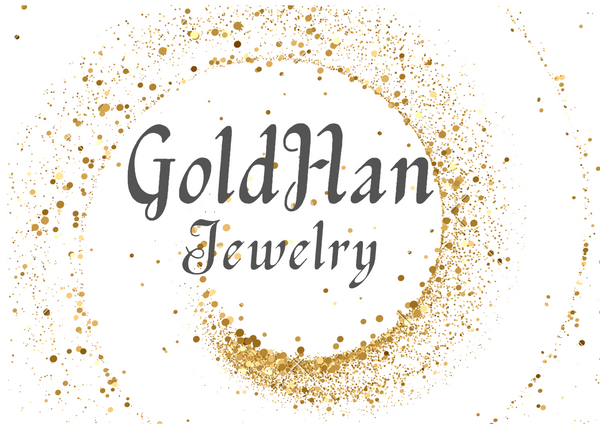Pricing Gold
Gold is priced based on a variety of factors, including supply and demand dynamics, economic conditions, geopolitical events, and market sentiment.
Jewelers typically use a pricing strategy that takes into account several factors to determine the price of gold jewelry. Here are the key factors that jewelers consider when pricing gold jewelry:
-
Gold Market Price: The current market price of gold is a fundamental starting point for pricing gold jewelry. Jewelers often use the current spot price of gold as a baseline and adjust it based on other factors.
-
Weight of Gold: The weight of the gold used in the jewelry piece is a significant factor. The weight is typically measured in grams or troy ounces. The higher the gold content, the more valuable the piece is.
-
Purity of Gold: The purity of gold is measured in karats. Pure gold is 24 karats, but gold used in jewelry is often alloyed with other metals to make it more durable. The karate indicates the percentage of gold in the alloy. For example, 18-karat gold is 75% gold and 25% other metals. Higher purity generally leads to higher prices.
-
Labor and Craftsmanship: The labor and craftsmanship involved in creating the jewelry piece contribute to its value. More intricate and detailed designs may command higher prices due to the skill and time required to create them.
-
Design and Brand: Unique and well-designed pieces may have a premium attached to them due to their aesthetic appeal and brand recognition. Designer or branded jewelry often carries higher price tags.
-
Gemstones and Other Materials: If the jewelry includes gemstones, diamonds, or other precious materials, their quality, size, and value are factored into the overall price. The cost of setting and securing these stones also influences pricing.
-
Overhead and Operating Costs: Jewelers need to cover their overhead costs, including rent, utilities, salaries, and other business expenses. These costs are distributed across their jewelry pricing.
-
Profit Margin: Like any business, jewelers aim to make a profit. They include a profit margin in their pricing to ensure they can sustain their business and invest in growth.
-
Market Demand: If a particular design or style is in high demand, the jeweler might adjust the price accordingly.
-
Local Market Conditions: Prices can vary based on the local market and the target audience. For example, prices might differ between luxury markets and more budget-conscious markets.
-
Customization and Personalization: If the jewelry is customized or personalized, the jeweler might consider the additional effort and time spent to meet the customer's specifications.
To calculate the final price, jewelers often combine the weight of gold, labor costs, overhead expenses, profit margin, and any additional costs associated with gemstones or other materials. Keep in mind that pricing strategies can vary between different jewelers. Customers should also be provided with transparent information about the gold's karate, weight, and any gemstone details that contribute to the final price.

